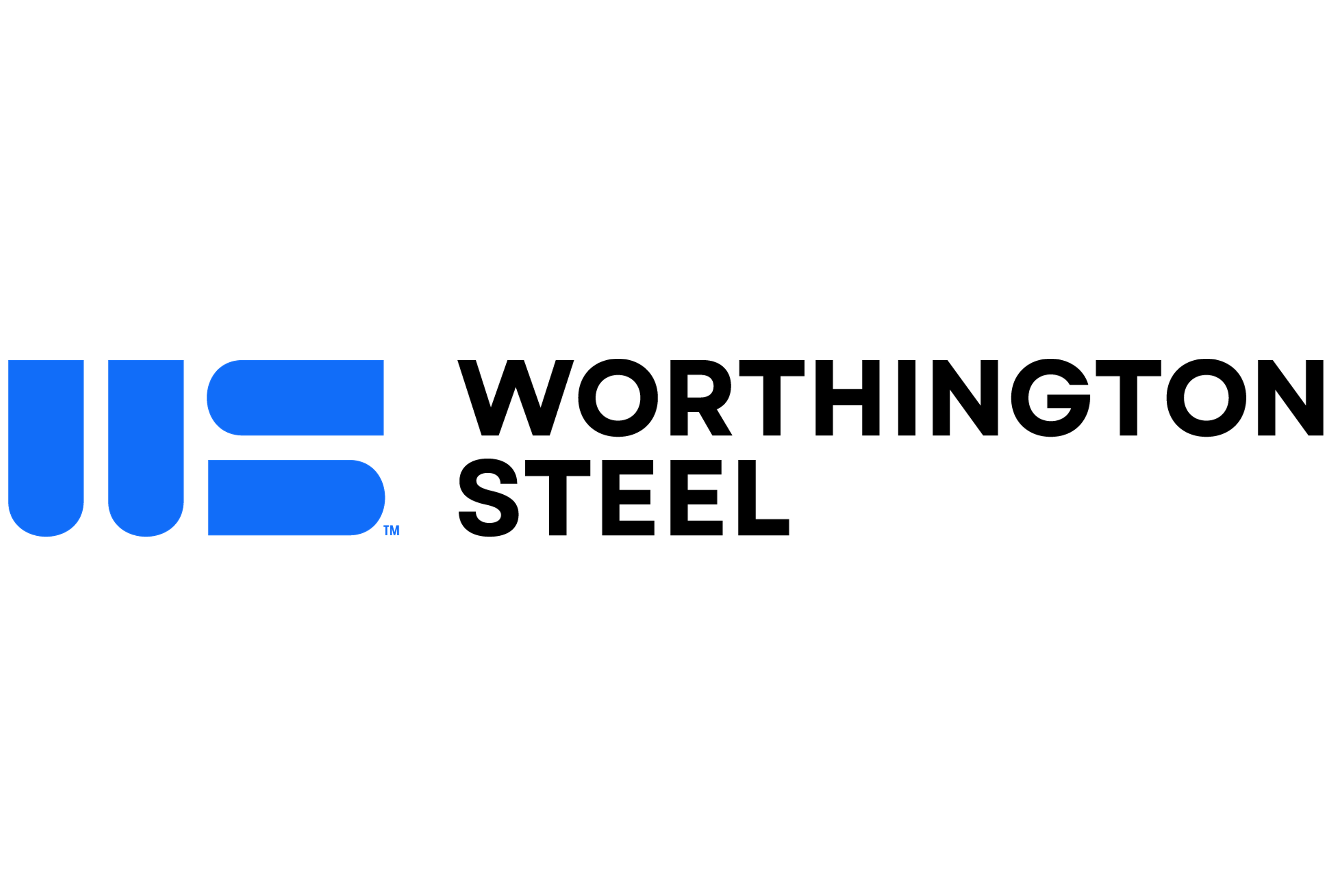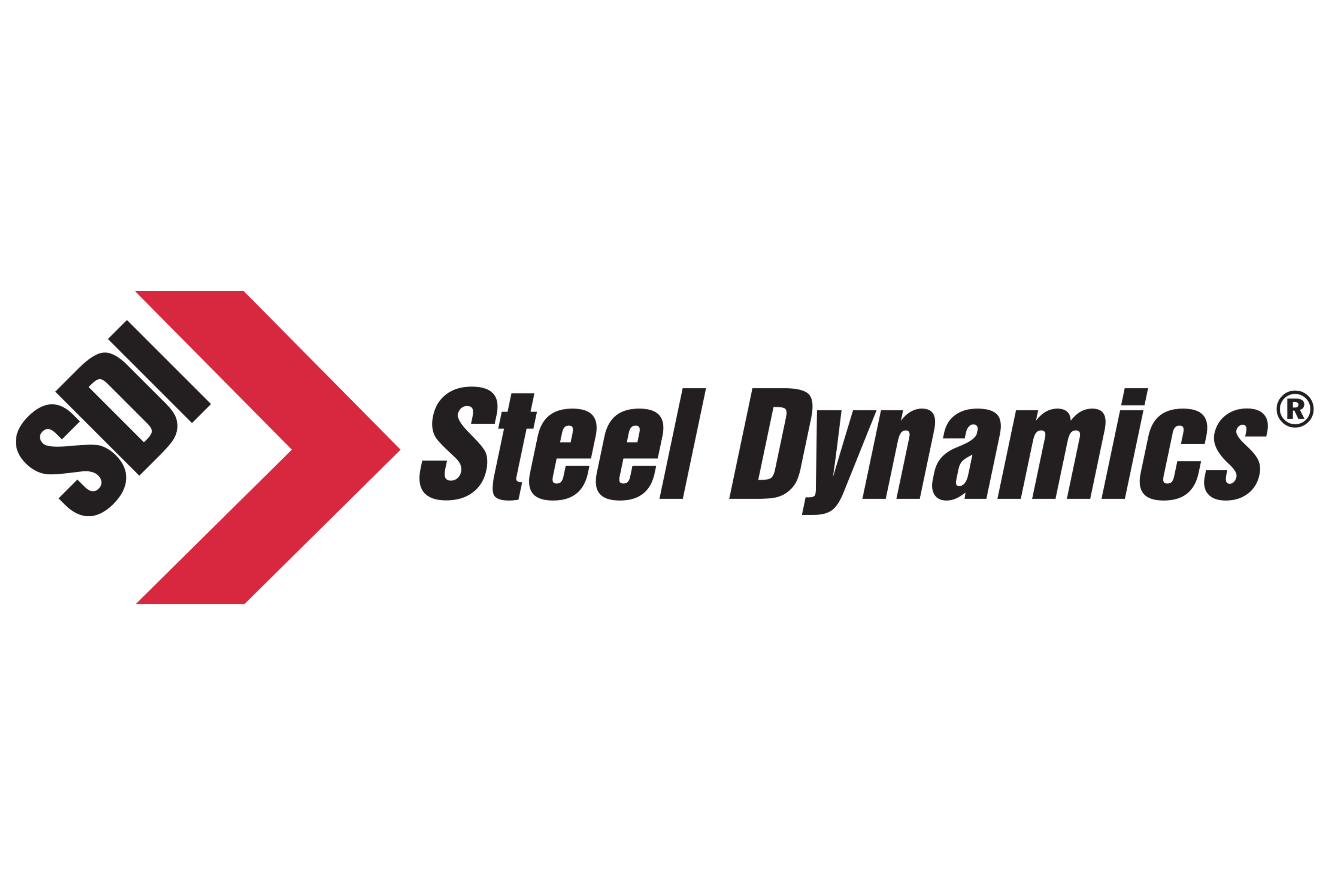Market Segment

October 26, 2017
SSAB Americas Improves Shipments and Sales
Written by Sandy Williams
Steel plate producer SSAB Americas saw higher prices and volumes in the third quarter. The segment reported good demand early in the quarter, which weakened as the period progressed.
Sales jumped 31 percent from the prior year and 6 percent from Q2, for a total of SEK 3.34 billion ($407 million). Shipments increased 12 percent from the second quarter to 508,000 metric tons, benefiting from a large order in the energy sector. Compared to a year ago, shipments jumped 21 percent, but the gain was mostly due to maintenance outages that impacted Q3 2016 shipments. Operating profit for SSAB Americas was SEK 316 million ($38.5 million).
Crude steel production jumped 19 percent year-over-year and 5 percent from the second quarter. Rolling production grew 9 percent from the prior quarter.
Commented CEO Martin Lindqvist: “The market in the USA is characterized by a wait-and-see sentiment with regard to the possible impacts from the Section 232 steel investigation (which could result in further import duties on steel on the grounds of USA security) and most of all by the prevailing uncertainty surrounding if and when further duties or quotas on imported steel could be introduced.”
Scrap prices in the U.S. spot market rose 52 percent from third-quarter 2016 and 6 percent from the second quarter. Although prices rose sharply for graphite electrodes and magnesite in the third quarter, SSAB supply is secured until the end of 2018 through agreements with several suppliers.
Inventories at distributors in North America are somewhat low, said SSAB. Market prices for heavy plate decreased in the second and third quarters and will likely continue in the U.S. during the fourth quarter. Demand for heavy plate in North America is expected to be stable in Q4. No maintenance outages are planned in the U.S. for the remainder of the year.
SSAB Americas is the largest supplier of steel plate in North America. Its EAF mills are located in Mobile, Ala., and Montpelier, Iowa, and have a combined annual production of 2.4 million tons.
SSAB Establishes Sustainability Targets
SSAB announced that by 2045 the company plans to be totally fossil-free utilizing a process that uses hydrogen instead of coal and coke to produce steel. The “HYBRIT initiative,” developed in partnership with energy company Vattenfall and miner LKAB, would emit water rather than carbon dioxide.
“We strive constantly to improve environmental performance in production. SSAB is already among the most efficient steel producers in terms of CO2 emissions. For our entire operations to be fossil-free requires the success of many initiatives, not only HYBRIT, but also reducing the amount of purchased energy, utilization of residuals, sustainable input materials and fossil-free internal transport,” said Lindqvist.
The Swedish steelmaker reported an increase in sales to SEK 16.19 billion ($1.97 billion) and a net profit of SEK 580 million ($71 million) for third-quarter 2017.







